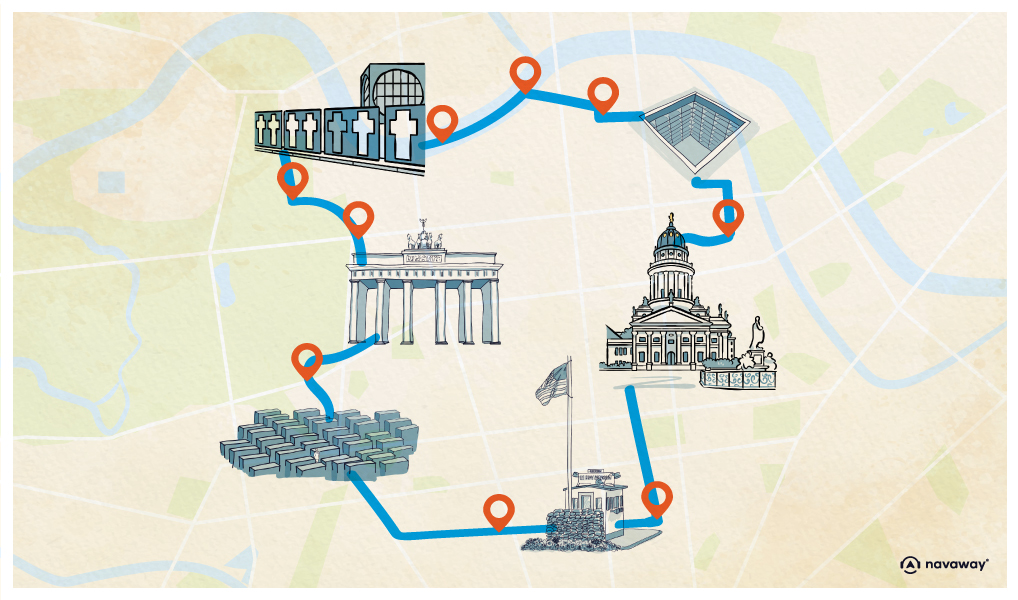
Humboldt University

This point of interest is available as audio on the tour: Visit Berlin, On the other side of the wall
You are now surrounded by beautiful period buildings— which makes sense, as you have arrived in the Humboldt University district, encircled by the State Library and the Academy of Sciences. It is the oldest of Berlin’s four universities. It was founded in 1809 by King Frederick William III of Prussia, on the initiative of the philosopher and linguist Wilhelm von Humboldt –who massively reformed education, with the university taking his name in 1949.
This is a prestigious university. Just from the names of its former students and professors, you can get a good sense of the great minds in German intellectual, political, and scientific history that have walked these hallways. You had Fichte, Hegel, and Feuerbach in philosophy, Einstein and Planck in physics, and political figures like Otto von Bismarck and Karl Marx. Also, twenty-nine Nobel Prize winners have taught here—pretty impressive, right? But what about women? Alice Salomon, a prominent figure in the early 20th-century feminist movement, was one of the few women to access higher education. Activists had to fight for decades before women could actually be a part of the scientific community. The first female professor at the university started teaching in only 1947. And of course, World War II wasn’t any help. The Nazi regime plunged the university into a dark period, marked by mass dismissals, book burnings, and widespread accusations and defamation against Jewish faculty members. After the war, the university reopened despite the death or disappearance of many former professors, this time under strong Soviet influence. Student protests led to several arrests, and some of the “luckier” ones were sentenced to 25 years of forced labor. Many others disappeared for weeks. In 1948, history repeated itself, and certain students were completely banned from the university. As a result, part of the teaching staff and students split from the institution and founded the Free University of Berlin, with support from the United States, under the motto: “Truth, Justice, Liberty.” The split division of the city twenty years later, aimed at stopping the constant migration westward, and solidified the separation between the two now-autonomous universities. Today, the Free University of Berlin is the largest and most significant in the city. But here’s a tip: step inside Humboldt University. People often hesitate to enter universities, even though they are public buildings and frequently worth taking a look at. Here, you will find a grand marble staircase at the entrance, leading up to a floor adorned with portraits and photographs of the university’s most famous professors. I’ll let you explore a bit before we continue our tour.

Discover other tours to visit Berlin

Discover Berlin with app
An interactive guide through the most beautiful streets, squares, and districts
30 fun audioguides full of historical facts, anecdotes, and legends
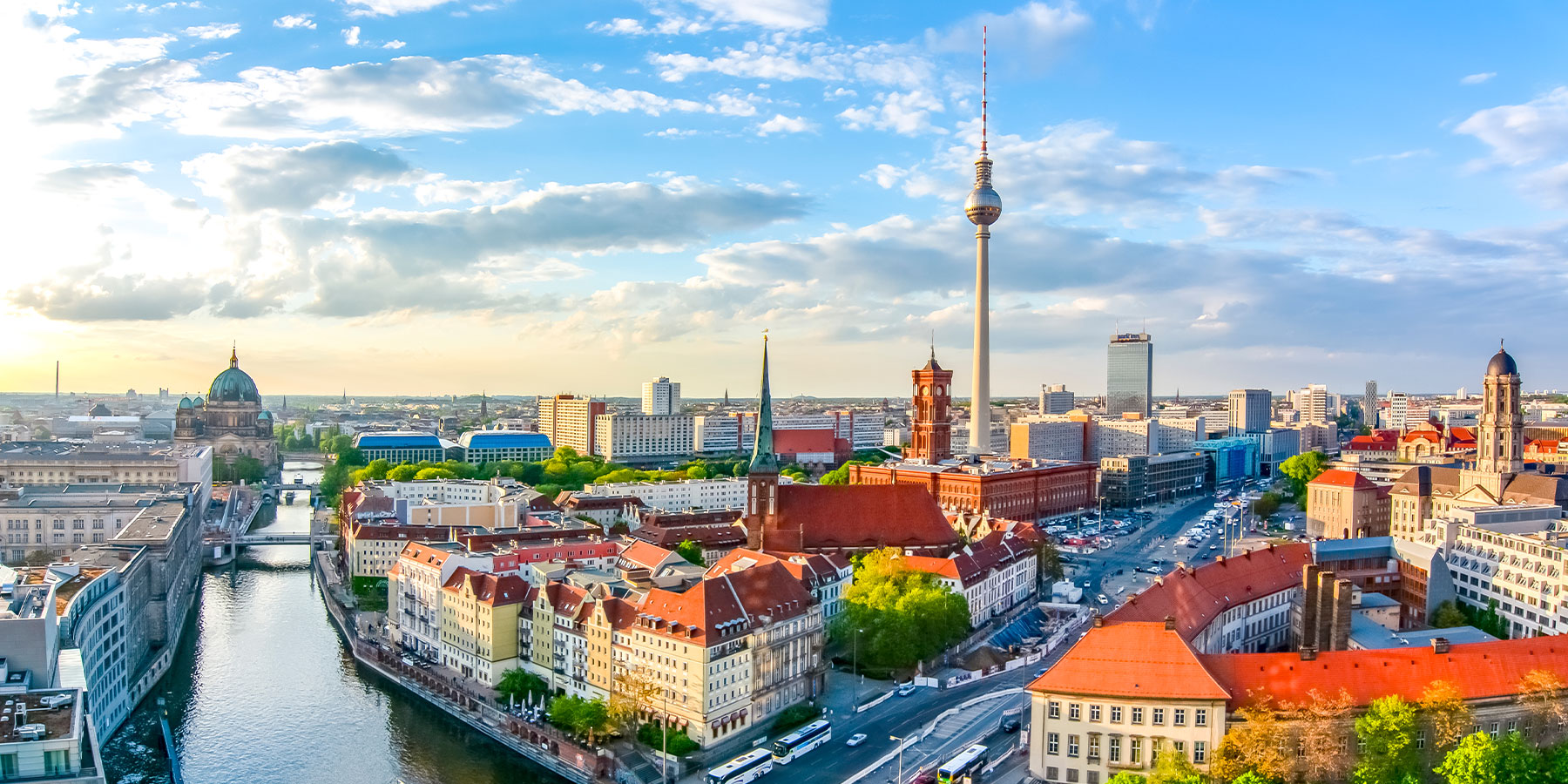
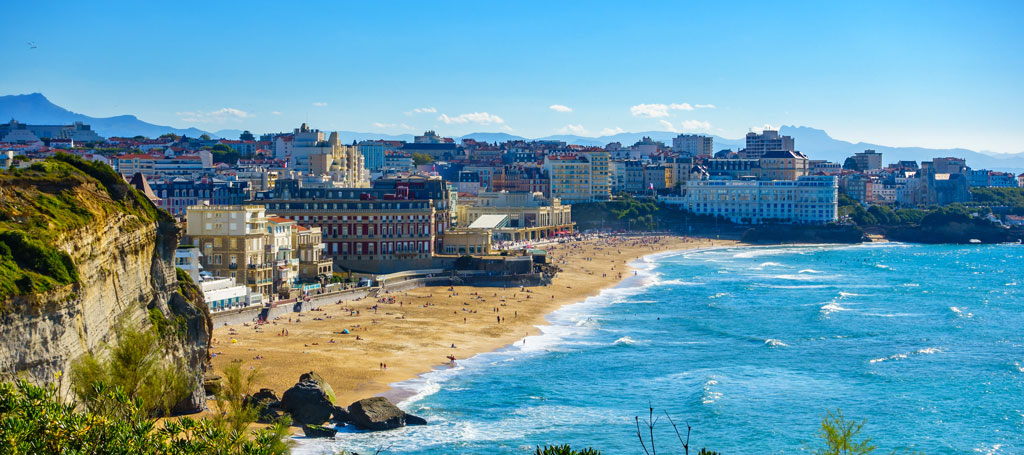
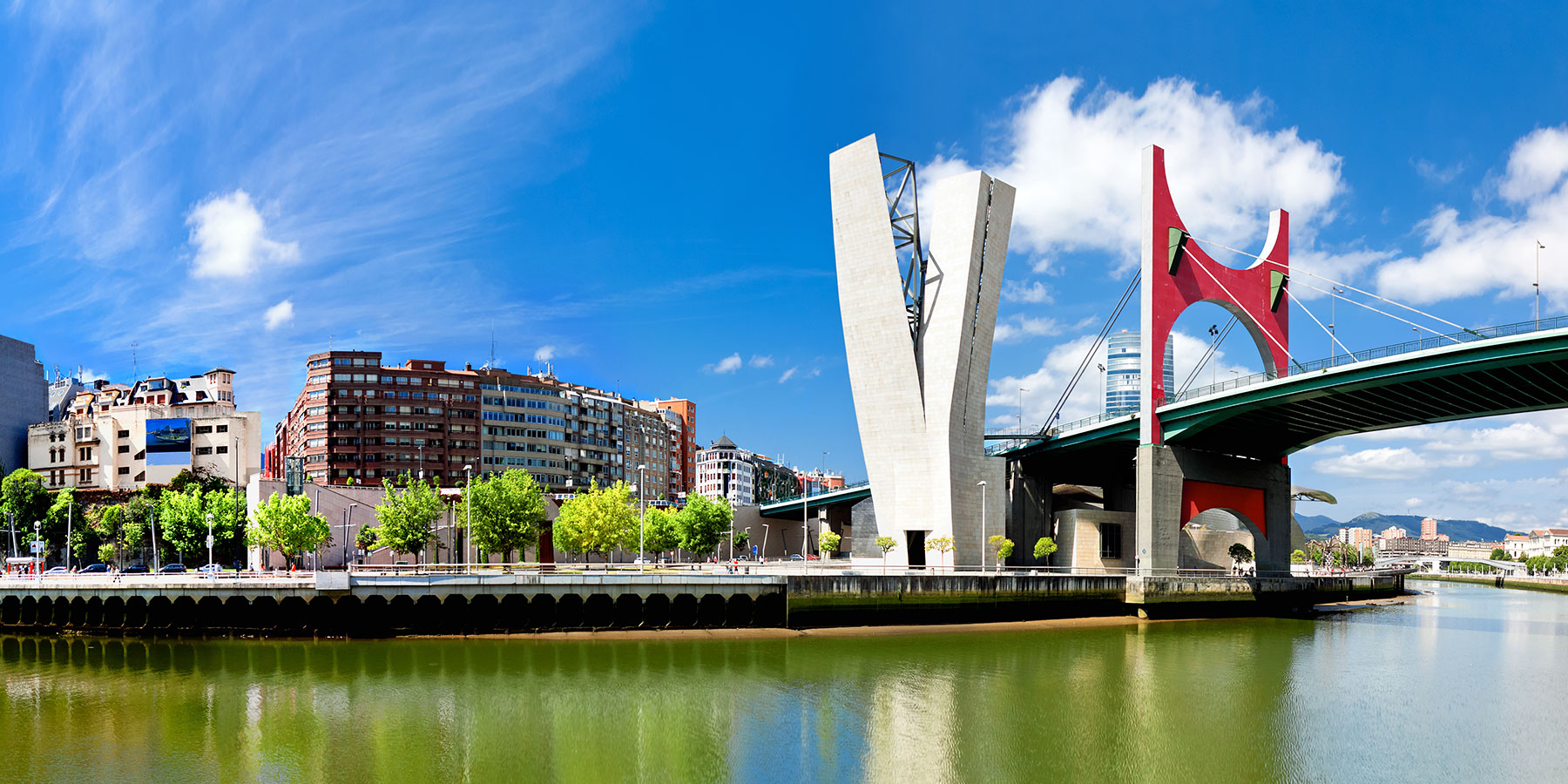
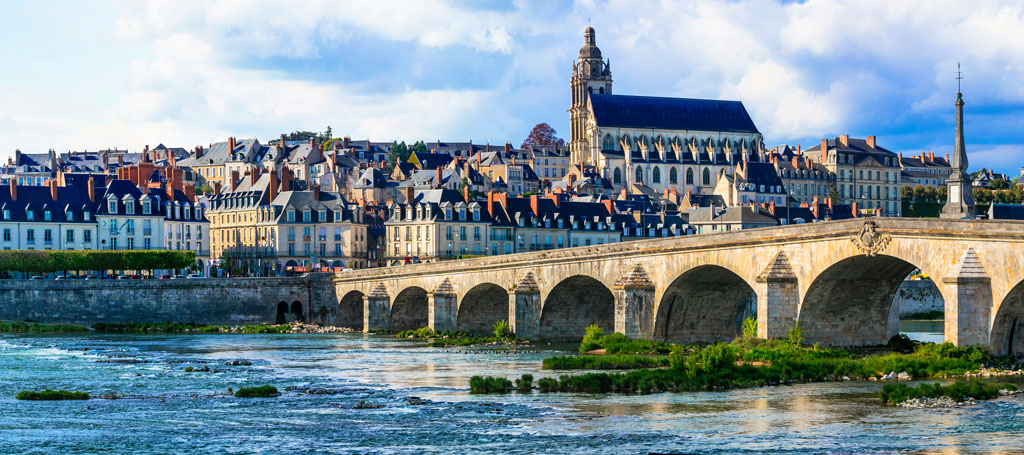


Comments